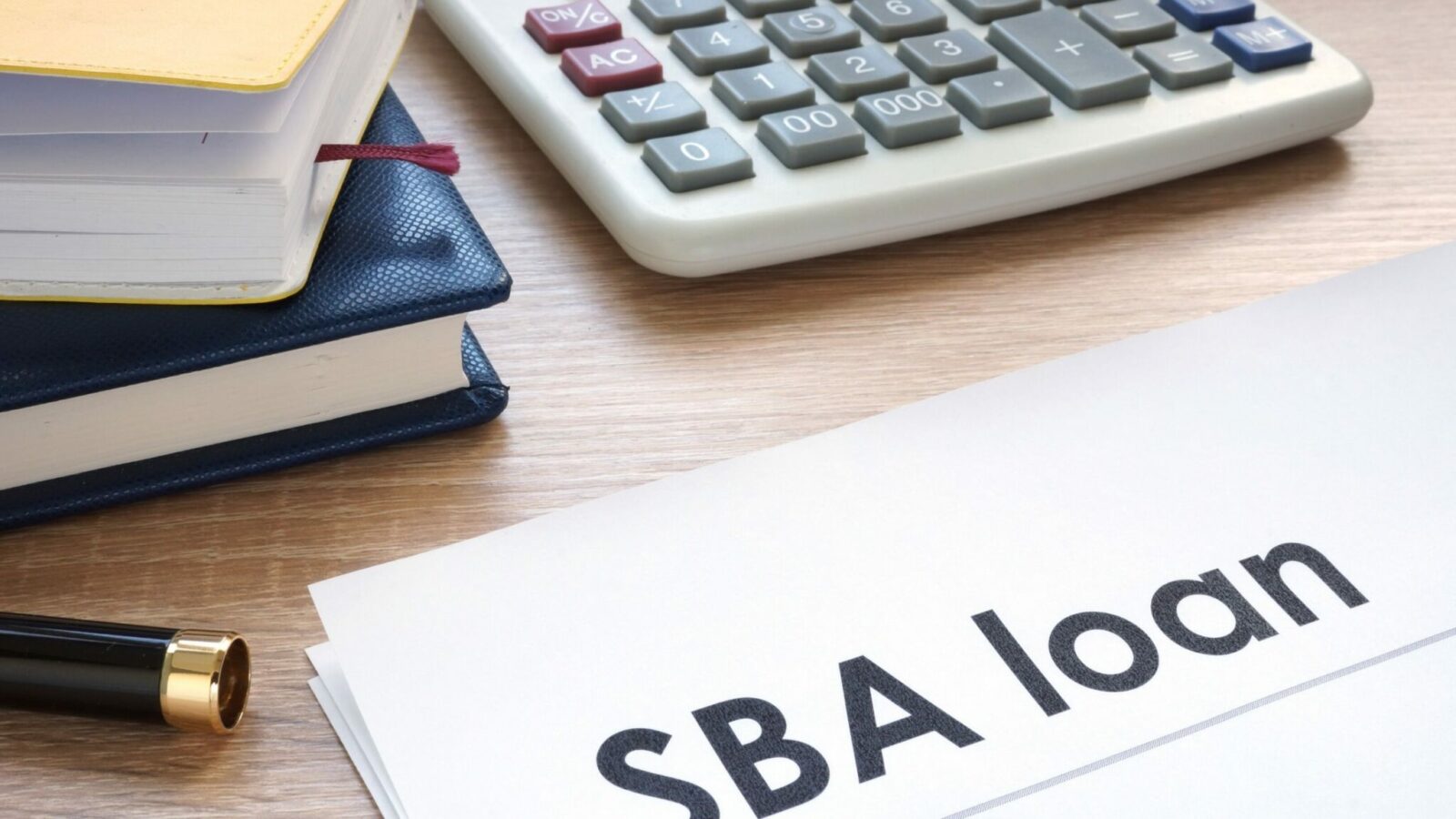SBA Announces PPP Re-Opening, Releases New Forms and Guidance

[Note: This article follows up on a previous article which highlighted changes to the Paycheck Protection Program (“PPP”), including the availability of second draw loans, under the Consolidated Appropriations Act, 2021 (the “Act”). Readers are strongly encouraged to refer to that article as it summarizes the framework from which the Small Business Administration’s (“SBA”) recent guidance, discussed below, was developed. Certain of that information is not repeated herein.]
PPP Re-Opens Today… for Some
The SBA announced on Friday that the PPP will officially re-open for new borrowers and certain existing PPP borrowers today. In order to promote access to capital, only community financial institutions (defined as Community Development Financial Institutions, Minority Depository Institutions, Certified Development Companies and Microloan Intermediaries) will be able to make first draw PPP loans today and second draw PPP loans on Wednesday, January 13th. The program will open to all participating lenders “shortly thereafter,” although this time frame was not clearly defined in the SBA’s announcement.
Observation: Interested borrowers (first or second draw) would be well-served to gather their application information as soon as possible and to contact their lenders to understand when they will begin accepting applications. Information gathering will potentially be a simpler process for second draw borrowers as discussed below.
SBA Publishes Two New IFRs
On January 6th, the SBA published two new interim final rules (“IFRs”) containing further program guidance. The first IFR consolidates the previously-issued IFRs governing borrower/lender eligibility and application and origination guidance for new (first-time) PPP loans (thank you, SBA) and provides general rules related to loan increases and loan forgiveness. Loans falling under these guidelines will be referred to as First Draw Loans throughout. The second IFR provides guidance on second draw PPP loans and highlights key differences between first and second draw loans. Loans falling under these guidelines will be referred to as Second Draw Loans throughout. We’ll take a look at the regulations applicable to First and Second Draw Loans separately.
First Draw Loans
Since a lot of the information within the first IFR is a restatement of existing provisions, or is sufficiently addressed within the Act, there isn’t an abundance of new guidance here. Noteworthy items, however, include the following:
- Borrowers can choose to use either 2019 or 2020 as their base period for purposes of calculating their maximum loan amount.
- The last day to apply for and receive a PPP loan is March 31, 2021.
- SBA will allow lenders to rely on certifications of the borrower in order to determine eligibility of the borrower and use of loan proceeds, and to rely on specified documents provided by the borrower to determine qualifying loan amount and forgiveness eligibility.
- Lenders will be held harmless for borrowers’ failure to comply with program criteria and will not be subject to enforcement actions or penalties relating to loan origination or forgiveness if the lender acts in good faith.
- Borrowers can choose a covered period that is between 8 and 24 weeks.
- 501(c)(6) organizations, housing cooperatives, destination marketing organizations and certain news organizations are now eligible to participate in the program.
- A “seasonal employer” was defined in the Act as an employer that does not operate for more than 7 months in any calendar year or, during the preceding calendar year, it had gross receipts (defined later in this article) for any 6 months of that year that were not more than 33.33% of the gross receipts for the other 6 months of that year. A seasonal employer must determine its maximum loan amount using average total monthly payroll for any twelve-week period beginning February 15, 2019 and ending February 15, 2020.
- Borrowers that previously received a PPP loan can increase the amount of the loan based on changes to the regulations subsequent to when the initial PPP loan was received or as a result of all or part of the loan having been returned.
Second Draw Loans
The second IFR expands upon the guidance for Second Draw Loans as outlined in the Act. One of the criteria outlined in the Act that is required in order to be eligible for a Second Draw Loan is to have had a 25% or more decrease in gross receipts in any 2020 quarter as compared to the comparative 2019 quarter, with certain rules for businesses that were not in operation for all or part of 2019; however, the Act does not define “gross receipts.” The second IFR defines gross receipts as all revenue in whatever form received or accrued (in accordance with the entity’s accounting method) from whatever source, including:
- Sales of products or services
- Interest and dividends
- Rents
- Royalties
- Fees
- Commissions
- Reduced by returns and allowances
The second IFR makes clear that any forgiveness amount of a First Draw Loan that a borrower received during 2020 is excluded from a borrower’s gross receipts. The second IFR also provides borrowers the option to satisfy the gross receipts test by comparing annual receipts for 2020 to annual receipts for 2019. Support for decreases in gross receipts is not required to be submitted with an application for a Second Draw Loan of $150,000 or less, but this information will need to be submitted on or before the date the borrower applies for forgiveness. Support for decreases in gross receipts, including relevant tax forms (or quarterly financial statements or bank statements if tax forms are not available), will need to be submitted with an application for a Second Draw Loan in excess of $150,000.
Observation: The option to compare annual 2019 versus 2020 gross receipts requires a borrower to submit copies of its annual tax forms to substantiate the decline in revenue. This may be challenging as businesses are just closing up their 2020 books, many tax forms for 2020 are not final and the filing season is just beginning.
Similar to First Draw Loans, the maximum amount of Second Draw Loans can be calculated based on 2020 or 2019 payroll costs but this time around are subject to a maximum of $2 million (or $4 million in the aggregate for a business that is part of a single corporate group). For borrowers who previously submitted payroll documentation to support their 2019 payroll costs for the First Draw Loan, are planning on using 2019 payroll costs to determine the amount of their Second Draw Loan, and are planning to use the same lender, re-submission of 2019 payroll records is not required.
Observation: This will come as music to the ears of borrowers who meet these criteria, as the process of collecting the necessary payroll data to support the maximum loan amount can be daunting.
Applicants will need to submit to their lender SBA Form 2483-SD (Paycheck Protection Program Second Draw Borrower Application Form) or the lender’s equivalent form including the required certifications and supporting documentation. Some of the certifications included on SBA Form 2483-SD include the following: the applicant has not received, and will not receive, another Second Draw Loan; the applicant realized a reduction in gross receipts in excess of 25% relative to the relevant comparative time period; the applicant has used or will have used the full amount (including any increase) of the First Draw Loan for eligible expenses prior to the disbursement of the Second Draw Loan; and the applicant is not an ineligible entity under the program’s guidelines.
Second Draw Loans are eligible for forgiveness under the same terms and conditions as First Draw Loans, except that Second Draw Loan borrowers with loans of $150,000 or less will need to provide support for reductions in gross receipts if such documentation was not provided when the Second Draw Loan was applied for.
New and Revised Program Forms Available
SBA recently released the following forms for borrowers:
Revised SBA Form 2483 – Paycheck Protection Program Borrower Application Form
SBA Form 2483-SD – Paycheck Protection Program Second Draw Borrower Application Form
SBA recently released the following forms for lenders:
Revised SBA Form 2484 – Paycheck Protection Program Lender’s Application
SBA Form 2484-SD – Paycheck Protection Program Lender’s Application – Second Draw
Revised SBA Form 3506 – Lender Application Form for Federally Insured Depository Institutions, Federally Insured Credit Unions, and Farm Credit System Institutions
Revised SBA Form 3507 – Lender Application Form for Non-Bank and Non-Insured Depository Institution Lenders
SBA Form 2483 was revised to add 501(c)(6) organizations, housing cooperatives, destination marketing organizations and certain news organizations to the categories of eligible entities; to collect the NAICS code of the applicant; to add additional eligible use of proceeds; and to add/revise certifications to comply with the amendments of the Act. SBA Form 2484 was revised to conform to the changes made to SBA Form 2483. SBA Forms 3506 and 3507 were revised to extend the term through March 31, 2021; to restate the way the interest rate is calculated; and to make clarifying changes for consistency with program requirements.
Borrowers and lenders are encouraged to carefully review the forms applicable to their circumstances and ensure their preparedness as the program re-opens.
Déjà vu All Over Again
The pace at which new guidance and forms have been released by SBA over the past week is reminiscent of the numerous IFRs and FAQs that were published over the spring and summer of 2020. The amount of information is enough to make anyone’s head spin and more is forthcoming. In addition, there are additional tax planning considerations such as the interplay between the PPP and employee retention credits as we outlined in a recent article.
As we’ve recommended since the inception of the PPP, maintaining a dialogue with your advisors and lenders is critically important in ensuring an understanding of the program requirements and any related implications – tax, legal or other – that could impact your decision-making.
For more information or a discussion on how this may impact you, please contact your BNN advisor at 800.244.7444.
Disclaimer of Liability: This publication is intended to provide general information to our clients and friends. It does not constitute accounting, tax, investment, or legal advice; nor is it intended to convey a thorough treatment of the subject matter.




